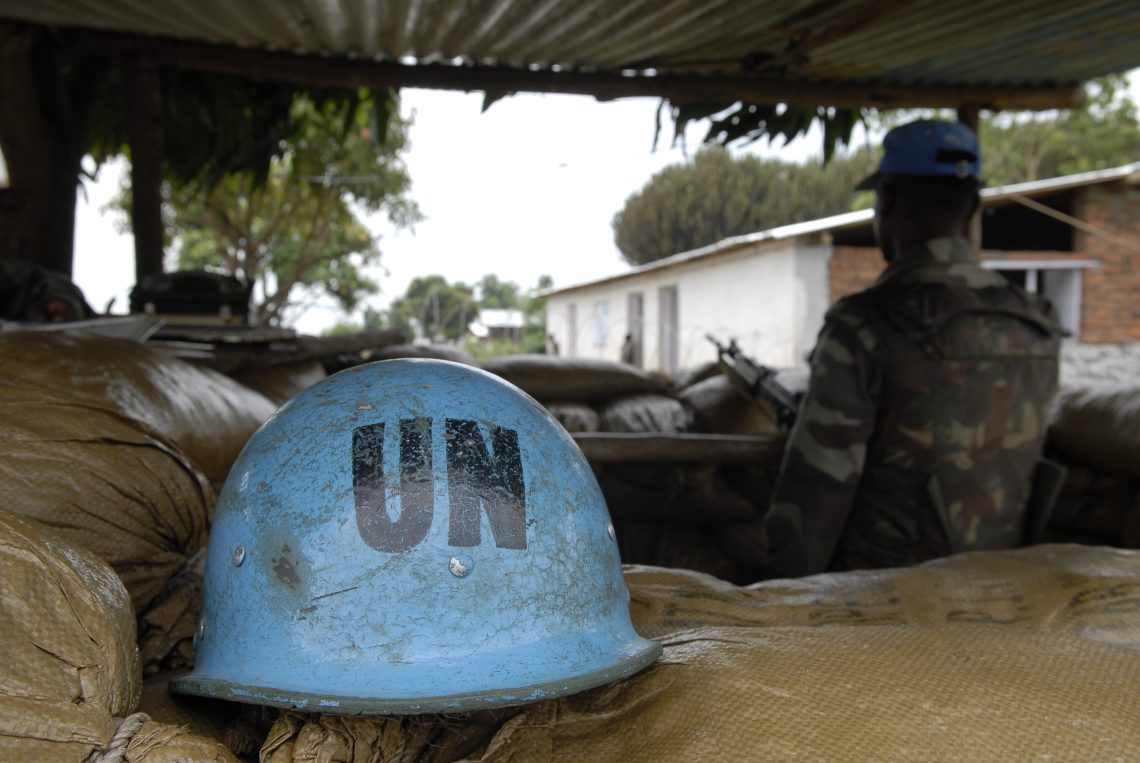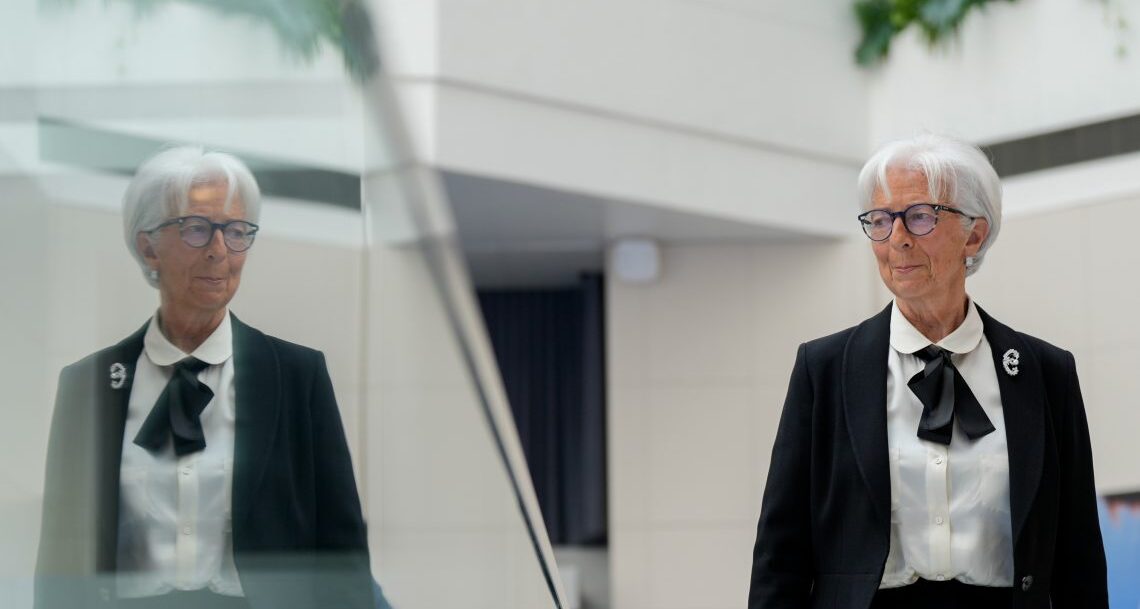Will international organizations survive?
International organizations have fared rather poorly over the last 30 years. Those devoted to guaranteeing peace have failed miserably. The same applies to bodies designed to provide aid to the poor or financial resources and expertise to countries facing temporary or structural difficulties. Efforts to provide global financial regulation have not produced the expected results, either. Exhortations to deal with climate change have become part of the problem rather than a source of solutions.
Unsurprisingly, debates about the raison d’être of international bodies have intensified. Some would like to see them abolished. Yet, the prevailing narrative favors timid reforms over dismantlement.
Should we simply accept their continued existence, despite their shortcomings?
Understanding the design of international organizations
To assess the future of international organizations, it helps to classify them using two criteria: their architecture and their enforcement mechanisms.
Architecture defines why countries join in. Some organizations are based on the members’ desire to attain shared goals that are expected to directly benefit the countries involved. For example, the General Agreement on Tariffs and Trade and the European Economic Community (EEC) were primarily created to promote free trade. All their member countries believed that trade liberalization – even if partial or limited to some industries – would benefit them. Such architecture – OPEC or NAFTA are other prominent examples – works like an agreement, featuring commitments to specific actions or policies with precise and binding timelines.
In 2022 and 2023, the global death toll from the armed conflicts which international institutions were created to prevent was at its highest in two decades. Source: OurWorldinData.org
A different type of architecture is built around broadly defined goals to be achieved in the future – goals whose nature is often vague and shaped through ongoing negotiation. This is what international bodies are about. In such cases, countries join less out of concrete interest and more to avoid losing prestige or being sidelined from the international community. The United Nations and its various agencies are prime examples of this model.
Enforcement refers to an organization’s ability to ensure that its rules or agreements are upheld. Strong enforcement helps the organization fulfill its mission but may also push hesitant members to withdraw or quietly abandon their commitments. Weak enforcement, on the other hand, renders the body largely ineffective, reducing it to a forum for discussion rather than action. The World Bank and the G20 illustrate these two ends of the spectrum.
Although the dynamics vary, international bodies and agreements are largely shaped by convenience and bureaucracy rather than actual effectiveness. International bureaucracies tend to prioritize preserving their own roles and privileges, often losing sight of their original mission. They are frequently supported by national politicians who see international agencies as tools for boosting their own prestige and domestic approval.
This helps explain why intergovernmental bodies are inherently ineffective. There are exceptions, of course. However, these tend to rely on the backing of a dominant country that not only supports the mission but also enforces decisions through superior military or economic power. In such cases, the organization effectively becomes an instrument of, and dependent on, that dominant power. This dynamic has defined NATO as well as several UN-affiliated agencies, including the International Monetary Fund (IMF) and the World Bank.
Architecture matters, though. In organizations without a clear dominant power, bureaucracies often take over, generating a stream of hollow projects and initiatives to justify their continued existence. Agreements tend to be more resilient, especially when they evolve beyond their original scope, establish new terms of cooperation and increase the cost of withdrawal. This is what occurred when the EEC gradually transformed into the European Union.
Scenarios
International agencies have underperformed because they were designed to promote global policymaking. This goal has largely failed. Governments have consistently resisted ceding sovereignty to international bureaucracies or to dominant foreign powers.
Most likely: Ineffective organizations are weakened but persist
Many countries joined these bodies not out of a genuine belief in global governance, but out of fear of being ostracized from the international community. While both the public and policy insiders may agree that ineffectiveness should justify dismantling such institutions, the most likely scenario points in a different direction.
Rather than withdrawing, member countries are more likely to freeze or reduce funding, particularly if major powers lead the way. However, most will stop short of formally exiting or dismantling the agency for two key reasons. First, leaving can come at a high cost to international prestige and may have domestic political repercussions. Second, doing so requires national leaders with both a clear foreign policy vision and the political courage or charisma to challenge the status quo.
Unfortunately, consistent leadership and coherent agendas are lacking in much of the world. The generally low quality of the political class has left many issues in the hands of bureaucrats, especially when it comes to regulatory agreements.
This dynamic is reinforced by dense, informal networks among bureaucrats, where in-person interaction still plays a key role. These networks are sustained by the international organizations where bureaucrats work and reside. For national politicians, staying connected to these networks is essential: They provide both valuable information and a convenient scapegoat when foreign policy decisions prove unpopular at home.
By contrast, in the case of agreements, national bureaucracies lack the capacity to act independently of their international counterparts. They are often content to follow external guidance and maintain their own positions. This creates a dynamic where underfunded but still influential international bureaucracies embedded in key agencies shape domestic policymaking while shielding national politicians from accountability. To sum up, while international agencies shield national politicians, agreements are a guarantee for bureaucracies.
Less likely: International organizations are streamlined
A second scenario would involve transforming today’s ineffective international bodies into lean, low-cost agencies that provide a multilateral facade for decisions actually driven by a small group of key players.
The World Trade Organization and the Shanghai Cooperation Organisation offer useful examples. Each operates with fewer than 1,000 staff members. In contrast, the IMF employs over 3,000 people, while the World Bank and the UN Food and Agriculture Organization each have more than 13,000 employees. In some cases, these smaller, streamlined institutions could also function as venues for public events and behind-the-scenes diplomacy, giving policymakers a platform for informal private dialogue.
Least likely: International organizations are dismantled
The third and least likely scenario envisions global international organizations being dismantled or restructured into regional, mission-specific intergovernmental bodies. NATO without the United States is one example of how this could look in practice.
In the past, proposals for a two-tier EU reflected a similar approach. While such models are feasible in theory and could inform future reforms, they face significant political and institutional resistance.
Defunding could support this transition, but it is unlikely to produce the intended outcome on its own. Most international organizations can survive on reduced budgets and would likely respond by expanding their regulatory activity. This, in turn, would push politicians to increase the costs of leaving the system, further entrenching the status quo and potentially altering the organization’s original mission.
International organizations emerged as an idealistic response to two world wars and rising trade barriers, in the hope of preventing future conflicts and fostering benevolent global governance. While international cooperation achieved valuable results, such as reducing protectionism, these bodies did little to prevent conflict and instead laid the groundwork for expansive transnational regulation.
Regrettably, some of these regulatory efforts succeeded, enabling agencies to grow in size and authority. While downsizing through defunding remains an option, doing so would require national leaders with the vision, resolve and political capital to rein in the power of global bureaucracies.
This report was originally published here: https://www.gisreportsonline.com/r/international-organizations-failure/
































